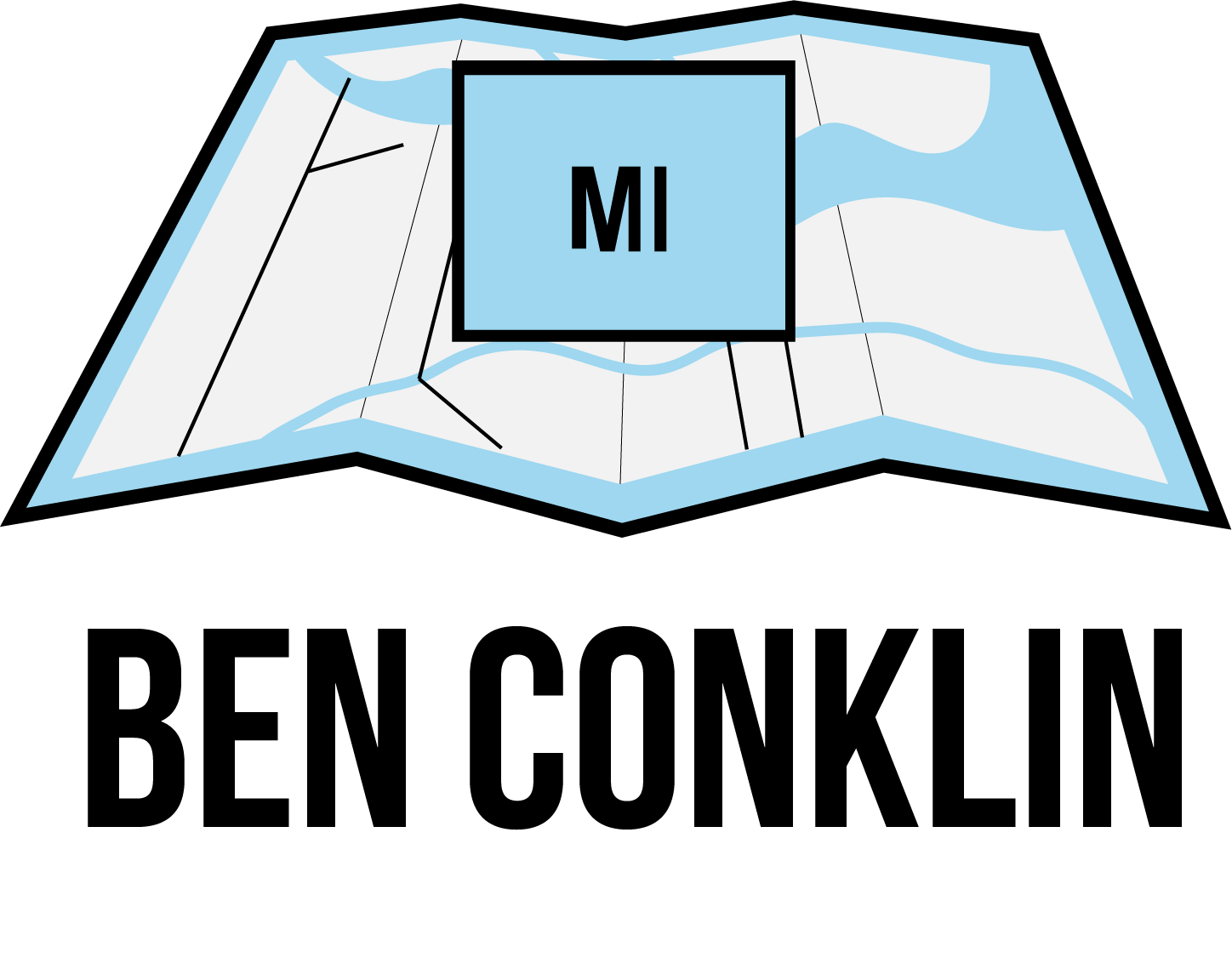William Shatner on Managing Military Installations with GIS
If you follow me on social media you probably saw me post a throwback Thursday video of William Shatner talking about GRASS GIS system being used to manage military installations. In addition to being GIS geek gold, this video is actually really interesting. Many of the concepts that old Bill highlights still hold true today. In fact, many of his ideas are in use on many military bases today. I particularly like how our Canadian actor friend explains the value of a GIS system. He takes on a great hero's journey.
First, Bill discusses the challenge of out-of-date hand drawn maps. Today, the problem is that the authoritative maps and information are not being made available to run the base operations. They are being contained inside the "GIS Shop" and not being used to run the installation. The great information product that Bill describes just scratch the surface of the kind of information a GIS can produce for running a facility. The challenge of today is getting those up-to-date maps into the hands of everyone on the base.
Second Bill describes how GIS can transform raw data into useful information products. GIS maps can, of course, assist in safe operations of ranges and help reduce the environmental impact of military operations as Bill describes. In addition, GIS maps can help support all the operations of a facility. Every organization including Public Works, Utilities, Morale Welfare and Recreation, Provost Marshalls can use the GIS system to run a safe, efficient facility.
Third, Bill talks about what it takes to implement the system. He talks about the "Easy-to-Use" command line interface and the ability to run on inexpensive $50,000 computers. He tells us that your existing staff doesn't need to be computer literate to run the system but you do need a dedicated IT staff to handle the maintenance and upkeep of the system. This is where is he is slightly over promising. I think we all experienced how challenging these systems were to run and maintain. This was definitely an age which caused us to think every GIS specialist needs Unix Sysadmin training. I remember being so relieved when we moved to PC's in the late 90's that I no longer needed to train 18-year-old Marines on the intricacies of the Sun OS.
The challenge of today is to have the GIS system go beyond serving the environment group. The good news is that the biggest revolution in GIS systems has made it much easier to implement. You can now get a complete Software-As-A-Service system for running your entire facility. Implementing this system would instantly transform the GIS from a back office system to a system of record for the entire installation. The system comes with apps that enable field crews and knowledge workers to consume and contribute information. This is all accomplished at a fraction of the cost of inexpensive computers of the 1980s.
I didn't used to think of GIS on Installations as an important topic. For my time at Esri I have focused more on using GIS in Intelligence and MIlitary Operations. I have recently realized how important a safe efficient facility is for our operational readiness. I also have become really aware of how far behind our facilities are in implementing a GIS system. Our local government team has done a great job in turning cities into smart communities. We need to take those concepts to turn our bases into smart installations. This will be a focus of mine in 2017, who is with me?
Thanks William Shatner and to Miguel Sevilla-Callejo for sharing. Reminding me how far we have come, and how little has changed.

